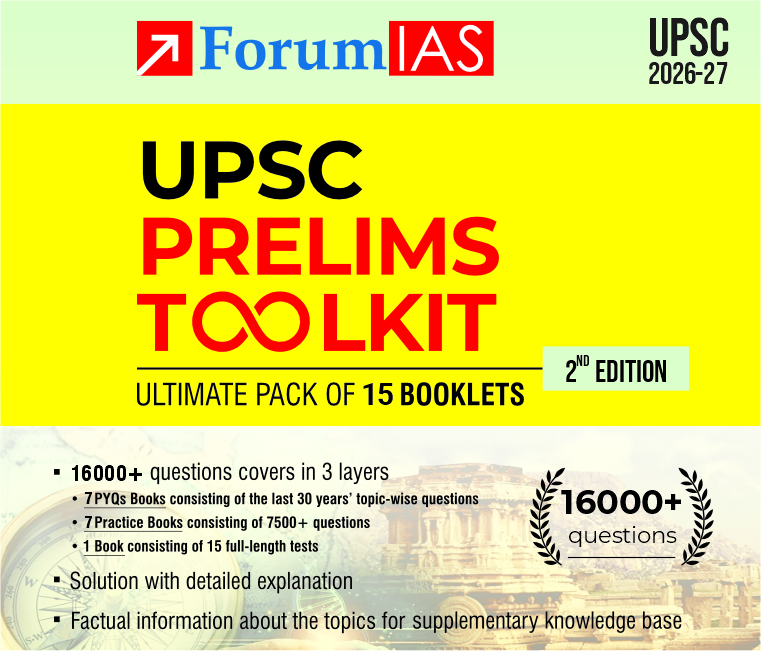Good Morning Friends,
We are Posting Today’s Prelims Marathon
About Prelims Marathon – In this initiative, we post 10 high-quality MCQs daily. Questions are based on the static part of the syllabus. We at ForumIAS believe that practicing these quality questions on a daily basis can boost students’ prelims preparation.
For the weekly time table and archives click HERE
[WpProQuiz 1657]







4/10
RESULTS
3 of 10 questions answered correctly
Your time: 00:07:03
You have reached 3 of 10 scores, (30%)
Average score 43.75%
Your score 30%
Revise and revise.
Good ,keep it up ,be consistent enough to achieve good score , continue practice.All the Best
RESULTS
7 of 10 questions answered correctly
Your time: 00:03:53
You have reached 7 of 10 scores, (70%)
Great, you are doing better, continue practicing.
RESULTS
7 of 10 questions answered correctly
Your time: 00:05:40
You have reached 7 of 10 scores, (70%)
5 of 10 questions answered correctly
Your time: 00:02:31
6/10
Need more practice , otherwise good , keep practicing.
9 of 10 questions answered correctly
Your time: 00:03:40
You have reached 9 of 10 scores, (90%)
Average score 35.17%
Your score 90%
You have completed the test!
U always perform good …give me some tips
First thing is that dont take this score very seriously may be you can score far better than me in the actual exam.however, i can suggest some points which you can follow .
1.Read newspaper regulary and try to find out what is worth reading suppose you are reading assam floods than skimmiming irrelevant things and focus on only kajiranga national park one horned rhino and which river is flwoing through the park and whether it is a tiger reserve or not and there are many examples .(because this is the trend they are asking in upsc prelims)
2.And other subjects you keep minimum resources possible and revise again and again .
3.always remember one thing that in prelims dont go to right option directly instead find the incorrect one.
Thank u dear
You are also scoring very well. You will definitely make it.alll the best
Bhai yeh commission questions ka kuch idea hai kaha se aaye modern mein yeh?
Read spectrum’s last pages which is solely for these commission and other relevant topics
Thanks! A few are mentioned in the adm section of spectrum.
6/10
4/10
8/10….
8/10
5/10
7/10.Forum IAS your level is increasing day by day for prelims marathon which is incredible. Thanks a lot for the Modern History commission questions.Where did you frame them from ? Plz reply. Thanks.
We are Glad that you liked it,We frame these Questions from standard sources like spectrum and NCERT’S.
5 of 10 questions answered correctly
Your Time 00:05:06
RESULTS
3 of 10 questions answered correctly
Your time: 00:03:24
9 of 10 questions answered correctly
Your time: 00:02:16
You have reached 9 of 10 scores, (90%)
4/10
5 of 10 questions answered correctly
4 of 10 questions answered correctly
Your time: 00:04:01
You have reached 4 of 10 scores, (40%)
??
6/9